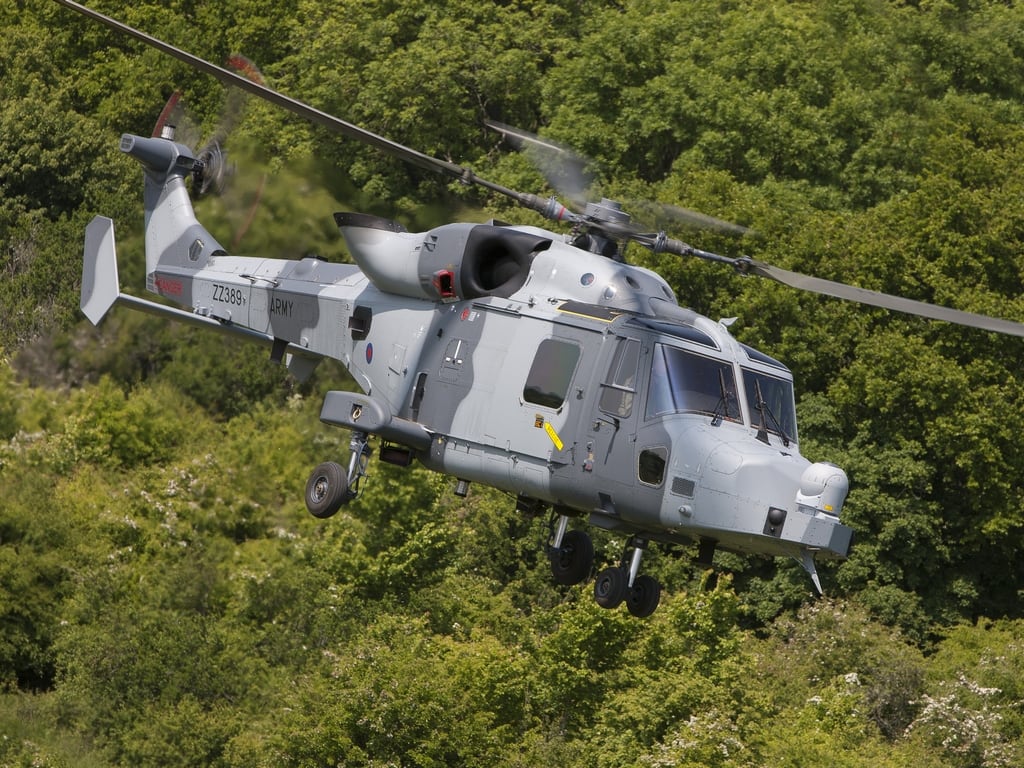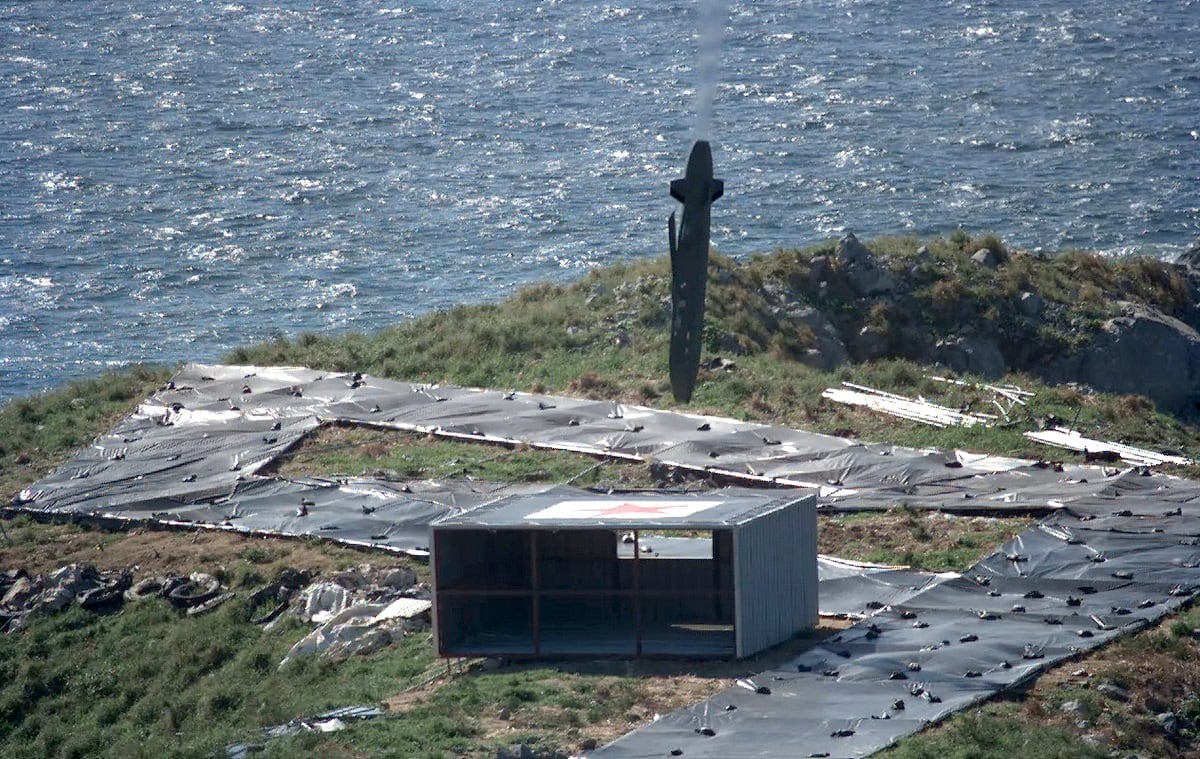SEOUL, South Korea ― As talk of peace spreads across the divided Korean Peninsula following the April 27 inter-Korean summit, South Korean military authorities seem to be having second thoughts about arms development and purchase programs.
The military programs were primarily launched to deter threats posed by nuclear-armed North Korea, which on May 16 reacted to U.S.-South Korea military exercises by canceling a high-level meeting with officials from the South. The country also threatened to scrap a planned summit between U.S. President Donald Trump and North Korean leader Kim Jong Un.
A number of defense officials and experts in the South agree that the so-called three-axis system countering the North’s conventional and nuclear threats, in particular, will be readjusted in terms of budget and acquisition priorities.
The three-axis includes the “Kill Chain,” which aims to preemptively strike North Korean targets; the layered missile defense shield, dubbed Korea Air and Missile Defense, or KAMD, to thwart North Korean missiles; and the Korea Massive Punishment and Retaliation strategy, or KMPR.
Nearly $230 billion is allocated for acquiring weapons systems related to the three-axis scheme and other strategic initiatives between 2019 and 2023.
“The establishment of the three-axis system has been a top priority for the South Korean military in the face of North Korea’s increasing military threats,” said Kim Dae-young, a research fellow of the Korea Research Institute for National Strategy, a Seoul-based security think tank. “The situation has been changing with the remarkable inter-Korean rapprochement so that the military authorities face a dilemma over its arms procurement programs, especially the three-axis plan.”
Case in point: South Korea’s plan to buy MH-47 helicopters for the Army’s special forces unit to overthrow North Korean leader Kim Jong Un.
As part of efforts to enhance KMPR operations, the 1,000-strong unit, nicknamed “decapitation unit,” was inaugurated last December amid simmering tension with the North, which conducted its sixth nuclear test and test-fired long-range ballistic missiles.
One key platform the South planned to buy for the unit was the Boeing-built MH-47 special operations helicopter capable of carrying special forces into Pyongyang’s weapons of mass destruction facilities as well as conducting evening cross-border raids if conflict should break out.
The MH-47 acquisition plan, however, is to fizzle out, according to Army officials, an apparent move not to intimidate the North Korean leader, who pledged an end to hostile acts against the South as well as denuclearization efforts.
The Joint Chiefs of Staff planned to request budget allocation for 10 Boeing-built MH-47G models with the per-unit price of some $140 million, according to an industry source.
RELATED

“The U.S. has never exported the MH-47 operated by the 160th Special Operations Aviation Regiment, but the Korean military requested the United States Forces Korea several times to persuade the State Department to permit selling the helicopter,” the source privy to U.S. foreign military sales to Korea told Defense News. “The State Department is said to give a positive feedback recently, but now the Korean military has changed its position.”
A South Korean Army spokesman confirmed the MH-47 buy has been put on the back burner.
“We can’t say the MH-47 purchase plan is canceled. It’s more precise to say the plan is put on hold considering the peace mood on the peninsula,” the spokesman said. “For many types of special operations, advanced heavy-lift helicopters flown with a multimode radar featuring terrain-following and weather-detection functions are essential,” the officer said. “So the acquisition of special operation helicopters is expected to be carried out somehow, but not now.”
The planned purchase of AH-64 Apache attack helicopters is also expected to be affected by the inter-Korean reconciliation. The Army, operating 36 Apaches, pushed to double the number of the heavy attack helicopters in a bid to improve its air assault capability.
“Weapons programs for ground troops are the first to be cut if arms acquisition readjustment takes place,” said Moon Keun-sik, the legal and external relations director of the Korea Defense and Security Forum, a private defense think tank in Seoul. “With possible budget cuts and thawing inter-Korean relations, the procurement of more Apache helicopters, for missions across enemy lines, is expected to be scaled back at least.”
Despite the prospect of arms purchase readjustments, Moon expects most key weapons programs will continue as scheduled in tandem with Seoul’s effort to take back wartime operational control of its armed forces from the U.S. military.
“With wartime operational control of its armed forces, the South Korean military will rather require more advanced weapons programs, as the envisaged defense reform plans prioritize building a slimmer but more sophisticated military force in place of troop cuts,” the director said.
“But the main theme of arms procurement programs could be shifted from imminent North Korean threats to potential threats posed by neighboring countries,” he added, specifically citing South Korea’s plans to locally build nuclear-powered submarines and spy satellites.
Attending a security forum in Seoul on May 12, South Korean Defense Minister Song Young-moo said U.S. authority of operational control of South Korean troops during wartime could be transferred to South Korean commanders by 2023. The ministry plans to request about $46 billion in next year’s budget for the “Defense Reform 2.0” initiative.
RELATED

Against that backdrop, information, surveillance and reconnaissance assets will likely be a part of the South’s materiel shopping list, according to the research fellow Kim Dae-young. South Korean troops are heavily dependent on American ISR assets.
“ISR equipment such as airborne early warning and control aircraft, drones, and maritime patrol planes are not expected to be swayed by inter-Korean affairs, as such equipment [is] necessary for developing an independent defense posture against future threats, including territorial disputes,” Kim said.
On the other hand, the introduction of 20 stealthy F-35A fighter jets is likely to be postponed, he noted. The South Korean Air Force ordered 40 F-35As under a foreign military sales contract in 2014.
“Stealth fighter jet is a top source of concern to the reclusive North Korean regime. The incumbent Moon Jae-in administration could be wary of more stealth aircraft purchase rubbing Kim Jong Un’s fur the wrong way,” the researcher said. “So the purchase of more F-35As, if any ― it is likely to be deferred to the next government.”
Email: jeff@defensenews.com
Jeff Jeong was the South Korea correspondent for Defense News.







